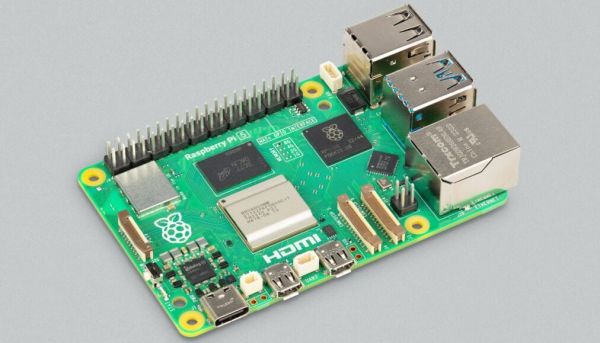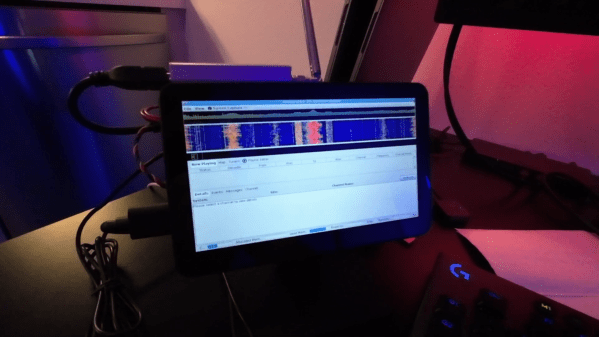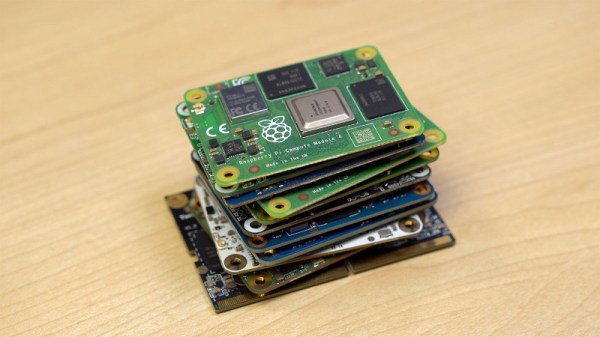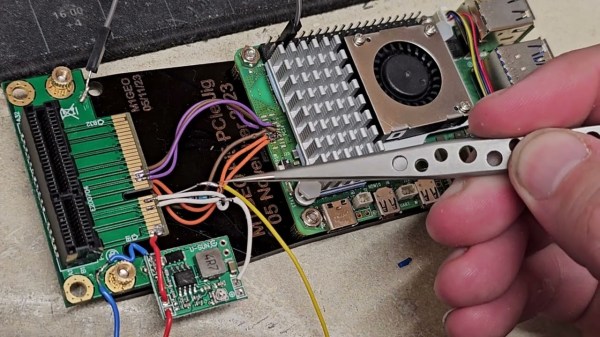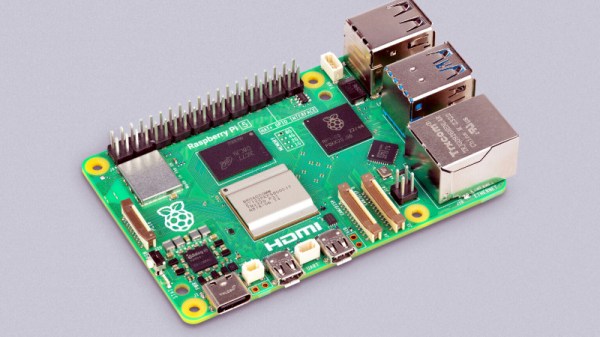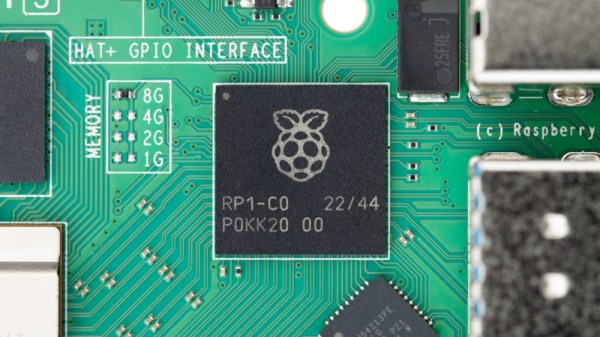When the first Raspberry Pi came out back in 2012 it was groundbreaking because it offered a usable little Linux machine with the proud boast of a $25 dollar price tag. Sure it wasn’t the fastest kid on the block, but there was almost nothing at that price which could do what it did. Three leap years later though it’s surrounded by a host of competitors with similar hardware, and its top-end model now costs several times that original list price.
Meanwhile the cost of a “real” x86 computer such as those based upon the Intel N100 has dropped to the point at which it almost matches a fully tricked-out Pi with storage and peripherals, so does the Pi still hold its own? [CNX Software] has taken a look.
From the examples they use, in both cases the Intel machine is a little more expensive than the Pi, but comes with the advantage of all the peripherals, cooling, and storage coming built-in rather than add-ons. They rate the Pi as having the advantage on expandability as we’d expect, but the Intel giving a better bang for the buck in performance terms. From where we’re sitting the advantage of the Pi over most of its ARM competition has always been its good OS support, something which is probably exceeded by that on an x86 platform.
So, would you buy the Intel over the high-end Pi? Let us know in the comments.

